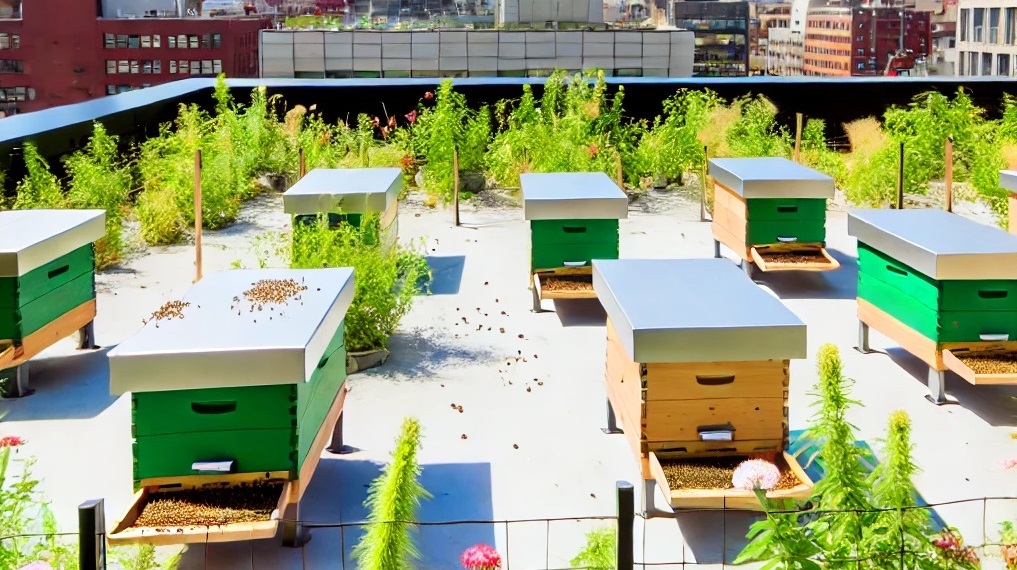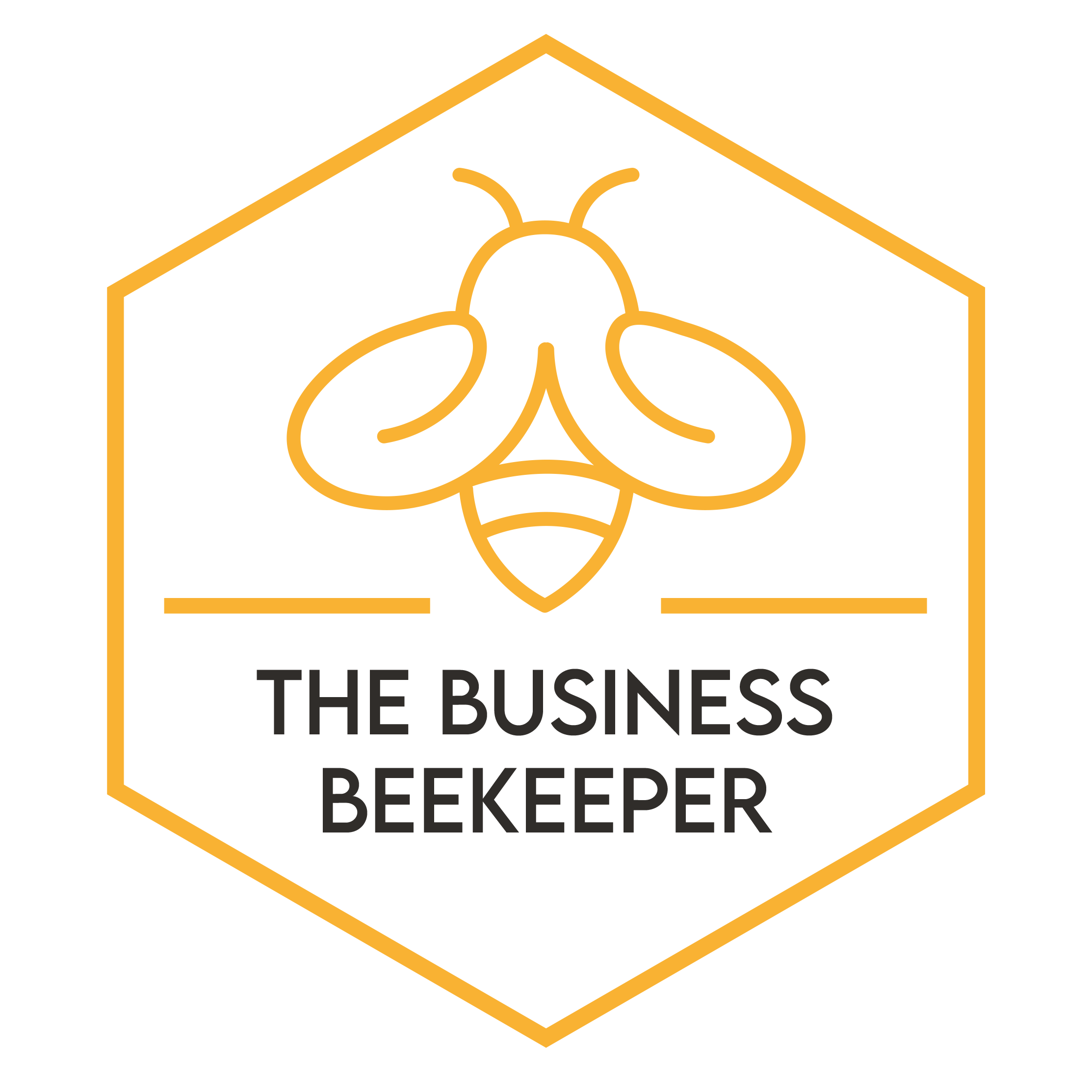
Implementing Beehives in Urban Settings: Challenges and Solutions
Urban beekeeping is gaining popularity as businesses and individuals recognise the environmental and social benefits of supporting local bee populations. However, setting up beehives in urban areas presents unique challenges. This blog explores these challenges and provides practical solutions for businesses looking to implement urban beekeeping successfully.
Limited Space
One of the primary challenges in urban beekeeping is the limited space available for placing beehives. Urban areas are often densely populated, with buildings and infrastructure taking up most of the available land. This scarcity of space can make it difficult to find suitable locations for beehives.
Solution: To overcome this challenge, businesses can utilise rooftops, balconies, and small gardens. Modular and vertical hives are excellent options for optimising space usage and making the most of limited areas.
Regulatory Restrictions
Regulatory restrictions also pose a significant challenge to urban beekeeping. Many cities have specific bylaws and regulations governing beekeeping activities to ensure public safety and manage bee populations.
Solution: It is crucial for businesses to research local regulations and obtain the necessary permits before setting up beehives. Engaging with local beekeeping associations can provide valuable guidance and support in navigating these regulatory requirements.
Safety Concerns
Ensuring the safety of employees and the public is another critical concern in urban beekeeping. Bees can sometimes be perceived as a threat, especially in densely populated areas.
Solution: To address these safety concerns, businesses should educate employees about bee behaviour and safety protocols. Installing hives in secure, low-traffic areas and using barriers if needed can help minimise the risk of bee stings and other incidents.
Lack of Forage
Urban areas may have limited flowering plants, reducing forage availability for bees. Bees need a consistent source of nectar and pollen to thrive, and the concrete jungle can sometimes lack the necessary greenery.
Solution: To mitigate this issue, businesses can plant bee-friendly flowers and shrubs around the hive. Collaborating with local communities to create green spaces and pollinator pathways can also enhance forage availability for urban bees.
Bee Health and Pests
Bee health and pest management are ongoing concerns for beekeepers in urban settings. Bees in urban areas can be vulnerable to diseases and pests, which can quickly spread and devastate hives.
Solution: Regular inspections for signs of illness or pests are essential. Implementing integrated pest management techniques and consulting with experienced beekeepers can help maintain bee health and address issues promptly.
Community Concerns
Community concerns are another challenge that businesses may face when implementing urban beekeeping. Neighbours might have apprehensions about bee stings or swarming incidents.
Solution: To address these concerns, businesses should hold informational sessions to educate the community about the benefits of beekeeping and address any misconceptions. Providing contact information for any bee-related issues can also help build trust and reassure neighbours.
Practical Solutions for Urban Beekeeping
Choosing the Right Hive Location
Choosing the right hive location is crucial for successful urban beekeeping. Elevated, less accessible areas like rooftops are ideal as they minimise human-bee interactions.
Solution: Ensure the site gets sufficient sunlight and is protected from strong winds.
Hive Design and Maintenance
Using hives designed for urban environments, such as top-bar or vertical hives, can be beneficial. Regular maintenance and monitoring are essential to keep the bees healthy and productive.
Solution: Regularly inspect and maintain the hives to ensure the bees’ health and productivity.
Creating a Pollinator-Friendly Environment
Plant a variety of flowering plants that bloom throughout the year to provide a consistent food source for the bees.
Solution: Encourage neighbouring businesses and residents to plant bee-friendly gardens to enhance the urban ecosystem.
Employee Engagement and Training
Involving employees in beekeeping activities can enhance team-building and foster a sense of community.
Solution: Offer workshops and training sessions to educate them about bees and their importance to the ecosystem.
Collaborating with Local Beekeepers
Partnering with local beekeeping groups can provide expertise and support. They can offer valuable insights, help with hive maintenance, and provide educational resources.
Solution: Engage with local beekeepers to benefit from their experience and knowledge.
Monitoring and Reporting
Keeping detailed records of hive inspections, bee health, and honey production can help in managing the hives effectively.
Solution: Use this data to manage the hives efficiently and share with stakeholders to demonstrate the positive impact of your beekeeping initiative.
Conclusion
Urban beekeeping presents a unique set of challenges, but with careful planning and implementation, these can be overcome. By addressing space limitations, regulatory restrictions, safety concerns, forage availability, bee health, and community relations, businesses can successfully incorporate beehives into urban settings. Not only does this contribute to biodiversity and environmental sustainability, but it also fosters a sense of community and engagement among employees and local residents. Urban beekeeping can thus be a rewarding and impactful addition to any business’s sustainability efforts.
For businesses interested in exploring urban beekeeping further, consider checking out The Business Beekeeper’s Managed Service for professional assistance and support.


